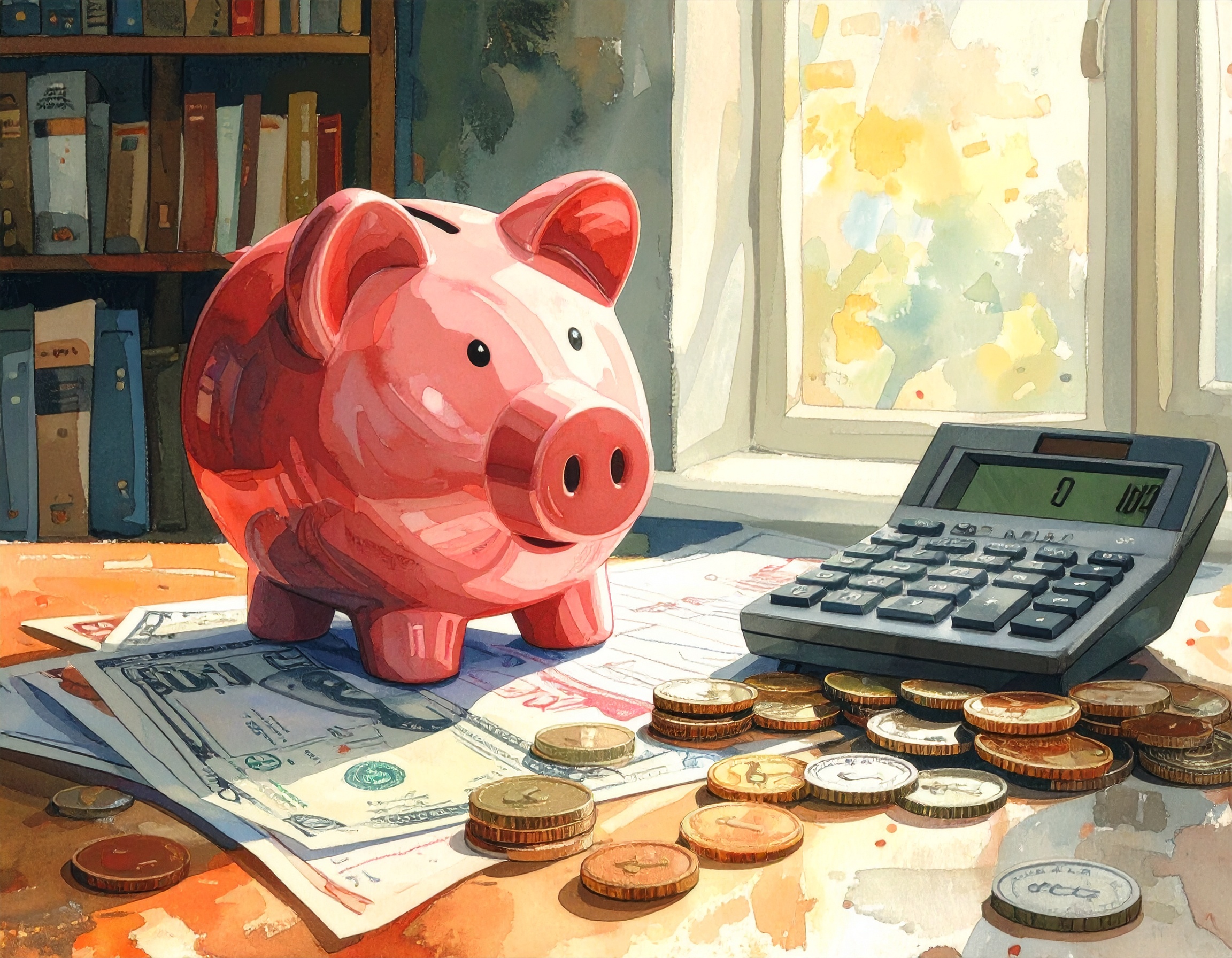
At Wise-Wallet, personal finance is a journey.
Read MoreCorrect! Let's Move On!
When inflation rises, preserving real purchasing power requires active budgetary adjustments — not passivity. The most effective response is to re-evaluate and reprice spending categories, then adjust saving and contribution targets to reflect higher prices. Practically, this means reviewing the budget to identify which categories have experienced price increases (groceries, utilities, transportation), tightening flexible discretionary categories where necessary, and increasing the dollar amounts allocated to essential categories if income hasn’t yet risen. This preserves the household’s ability to meet needs while protecting longer-term objectives.
Additional steps include indexing recurring transfers (sinking funds, emergency contributions) to inflation expectations, negotiating service contracts (insurance, internet) for better terms, and using short-term tactics like meal planning to reduce grocery inflation impact. If wages don’t keep pace with inflation, consider ways to increase household income (side gigs, upskilling) while preserving core savings behavior. Finally, when inflation is persistent, rebalancing the portfolio (not cash reserves) and ensuring some funds are directed to assets that historically outpace inflation over long horizons (while respecting liquidity needs) helps protect real wealth. The central idea is deliberate repricing and reallocation rather than hope.
By Quiz Coins
Sequence-of-returns risk means big losses early in retirement can disproportionately hurt a portfolio that’s being drawn down.

Pick cards to match your life: cashback for simplicity, travel cards for frequent flyers who use perks, and balance-transfer cards to crush debt — then automate, pay in full, and track value.
Read More
Build a simple, automatic emergency fund by choosing a target, automating transfers, and using low-effort saving hacks — no spreadsheets required.
Read More